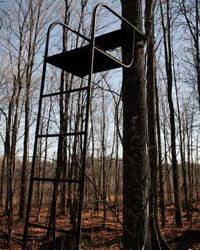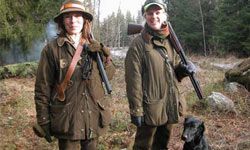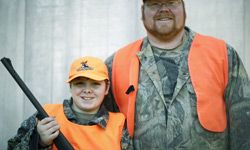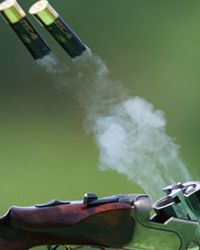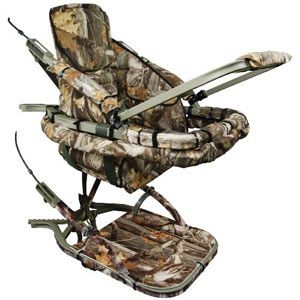Hunting is a popular outdoor activity. Whether it's for sport or for sustenance, hunting requires you to be focused, skilled and patient. You also need to be careful -- hunting can be very dangerous. Every year, hundreds of hunters suffer injuries. Sure, people have gun accidents, but not all injuries come as the result of a firearms mishap. Unstable terrain or dangerous animals are hazards that also put hunters at risk. It's important for you to know about the potential dangers before heading out on a hunt.
It's a good idea to enroll in a hunter safety course even if you've gone hunting before. In the United States, some states require hunters take a safety course before they can apply for a hunting license. Many states offer courses in hunter safety, some of which are conducted over the Internet. Most programs require hunters to participate in a field day to demonstrate they have learned and can apply the lessons from the course. The International Hunter Education Association (IHEA) has an online course that you can complete at your own convenience. But the IHEA's hunters should use its course only as a supplement to a traditional hunter safety program.
Advertisement
We'll take a look at five tips every sportsman should keep in mind to stay safe while hunting.

